Obsessive-compulsive disorder might seem like a stretch for a distressed cat, but it’s a very real thing. The same way we can’t really explain why people exhibit certain symptoms, we can’t with cats either. It’s unknown exactly what causes feline OCD, but anxiety and stress seem to be the main triggers. Thankfully, we can seek treatment through our veterinarian to ensure that our cats remain as happy and healthy as possible. Below you’ll find the most common symptoms of feline OCD.
#1 – Pacing
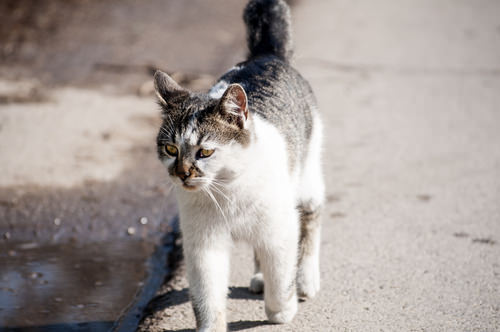
We’ve all seen animals pace and it can be a relatively normal behavior but generally is a symptom of stress if allowed to continue. Animals pace usually due to anxiety or some other form of stress and the behavior can become obsessive the cause is not treated.
#2 – Excessive Licking
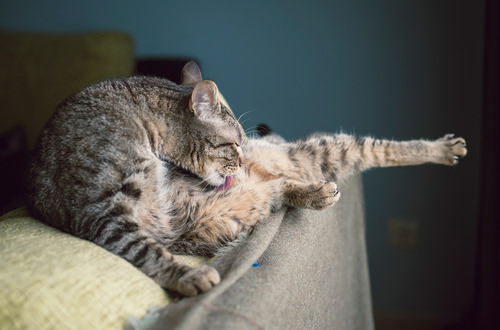
What might start as regular grooming can become obsessive. If your cat is licking and chewing himself raw and there’s no other underlying cause for the behavior, it might be a sign of Obsessive-Compulsive Disorder.
#3 – Constant Meowing
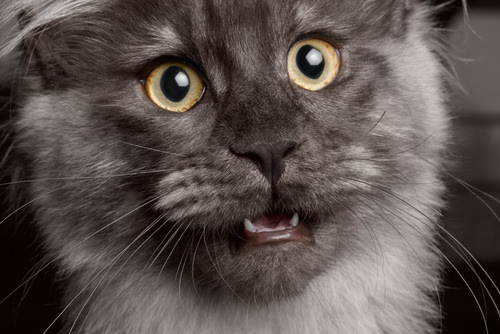
Repetitive vocalization is a common symptom of feline OCD. Anxiety is a common trigger for OCD in cats and your feline friend might start meowing to get your attention, only to find themselves compulsively doing so later on.
#4 – Eating Non-Edible Items
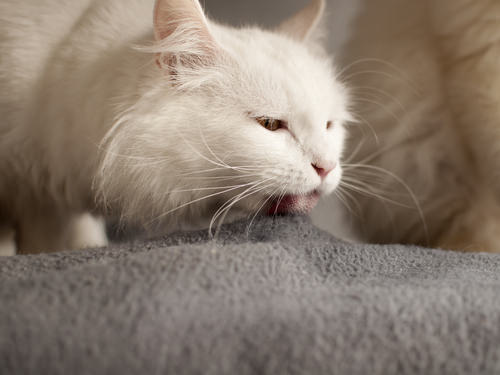
Many cats with OCD have a tendency to chew and eat fabrics. Although not confirmed, many researchers believe that cats with OCD were often taken from their mothers at too early an age. Therefore, when they’re older, they’ll redirect this nursing behavior onto other items. For cats, it’s most often wool and other fabrics that they start chewing on and then eating.
#5 – Self-Directed Aggression
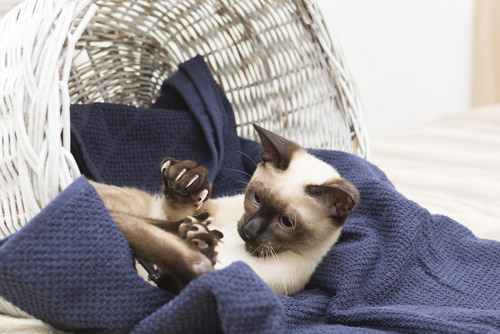
A cat chasing its tail might seem harmless, but the behavior could become obsessive. In fact, there are many owners who report that their OCD cats are constantly kicking themselves and chasing their own tails.
#6 – Hunting Invisible Prey
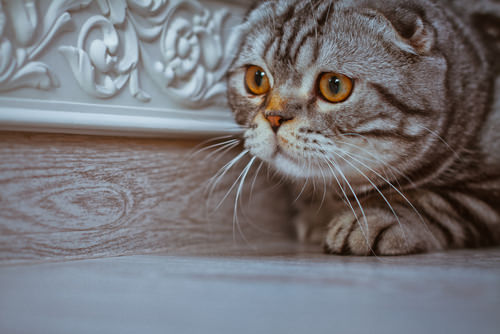
Some researchers are on the fence about whether or not this behavior is due to hallucinations. Whatever the cause, many cats with feline OCD are known to hunt, stalk and chase invisible prey.
#7 – Running
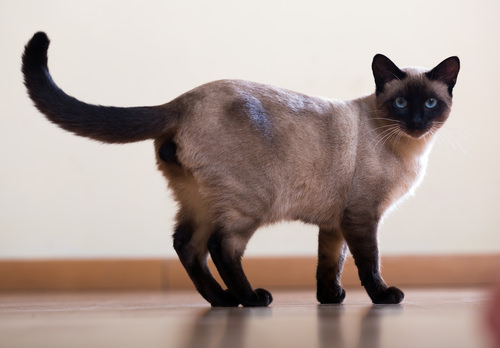
Another behavior that’s oddly found in cats with OCD is abnormal running. Some cats will run and chase things that don’t exist, almost as if they’re playing with another cat or a toy that isn’t there. Just like pacing, this behavior could start out as a response to a stressor that becomes compulsive later on.

